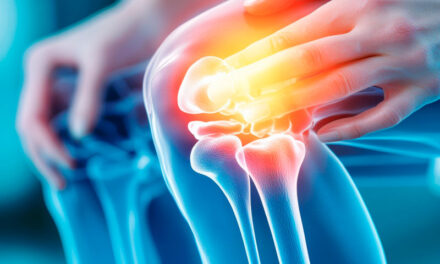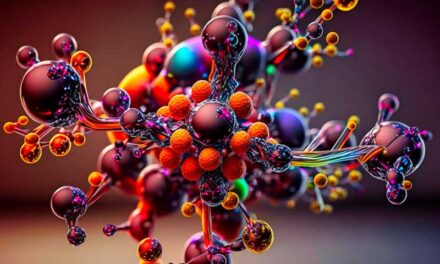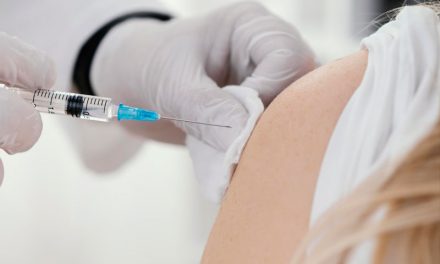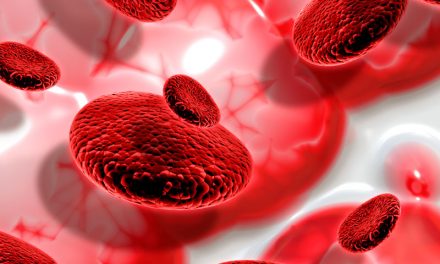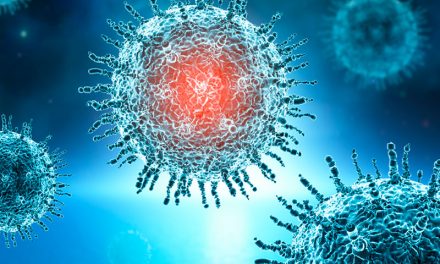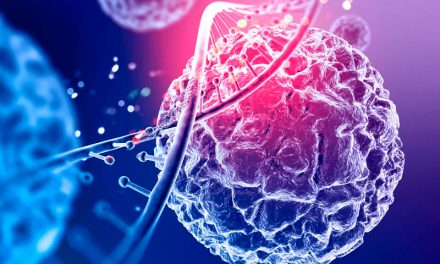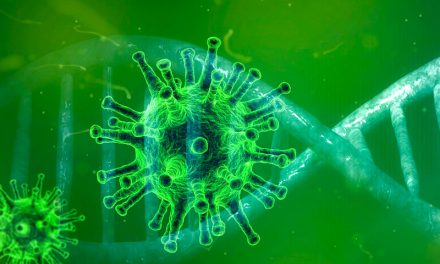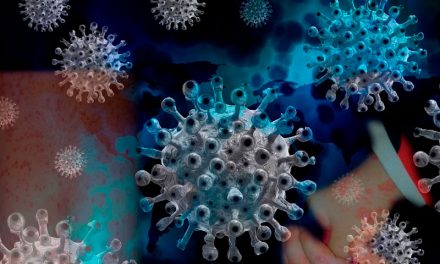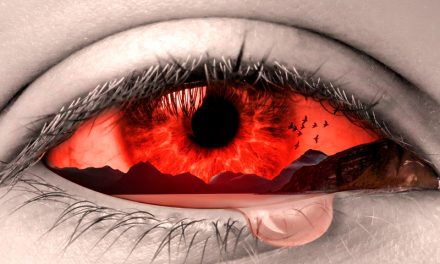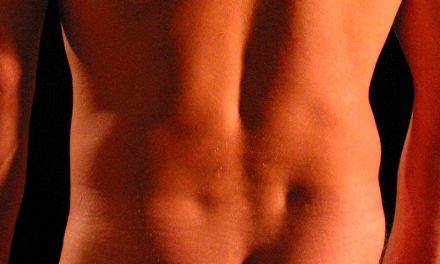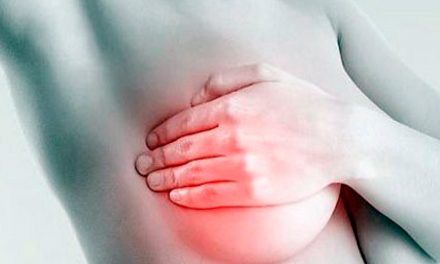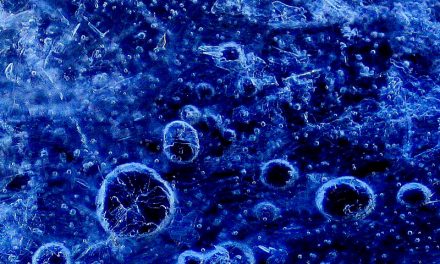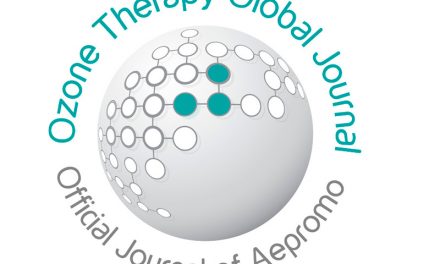Original paper
Author
Pámanes M., Rafael
Abstract
Introduction: In the autism spectrum disorder, the theories with the most research in the increase in its incidence, are the environmental issue. In addition, there is strong evidence that the microbiota-gut-brain axis, which has bi-directional action, may be involved.
Objective: To relate the presence of intestinal candidiasis with the BMI of children with autism spectrum and propose benefits that they could obtain with an adjuvant treatment of ozone therapy.
Methods: A cross-sectional analytical study was carried out. 22 children diagnosed with autism spectrum disorder were evaluated. Anthropometric measurements of weight and height were taken, and the BMI was calculated with its respective percentile, the parents answered the “Fungus Related Disease Questionnaire-7”, which has 7 questions and finally, an analytical study was carried out on the direct and indirect mechanisms of ozone therapy in the body, its routes of administration and the relevance it may have as an adjuvant treatment.
Results: A malnutrition problem (underweight, overweight and obesity) was found in 54.5% (n = 12). 86.4% (n = 19) obtained a rating of probable and almost certain of having intestinal candidiasis. In addition, it was possible to define that the main effects that the ozone has at a therapeutic level is its anti-inflammatory, analgesic, antibacterial, fungicidal, virus static, and immunomodulatory effect, the activation of the endogenous antioxidant enzyme system and cellular metabolic pathways, being its main routes of systemic administration: rectal insufflation, major autohemotherapy and intravenous ozonated saline solution.
Conclusion: In the studied population, according to the test, a high risk of presenting intestinal candida along with malnutrition was found and ozone therapy would be, in an adjuvant matter, a great therapeutic tool, for improving their quality of life.
This post is also available in:  Español (Spanish)
Español (Spanish)



